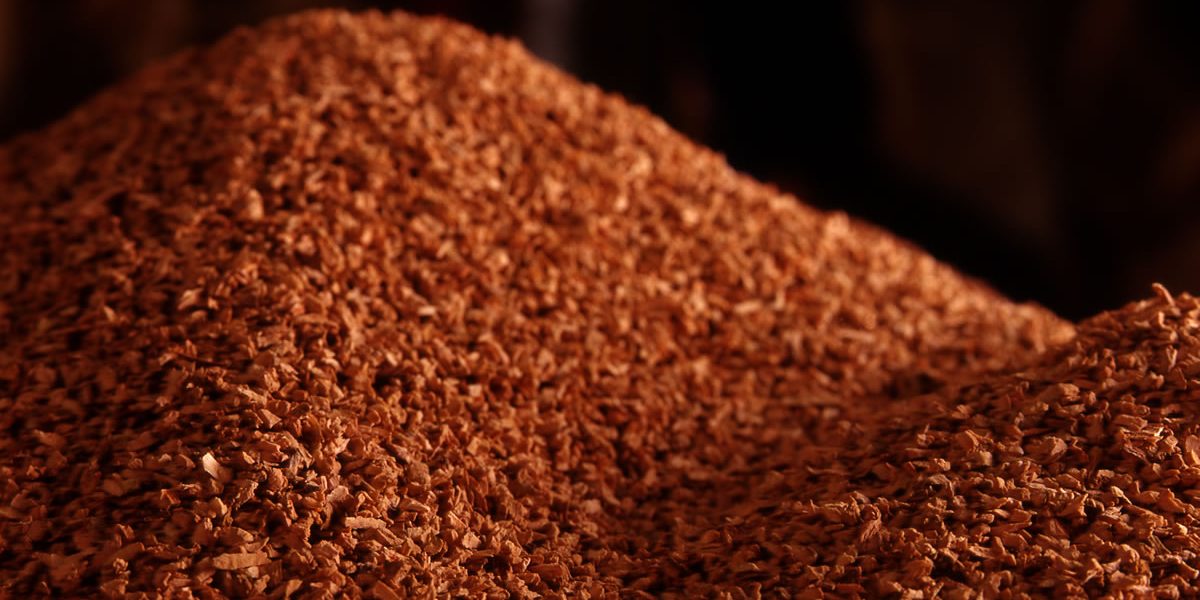When natural cork stoppers are punched out of cork bark, there is a lot of cork left over and this is what is used to make cork granules. Cork granules can either be made from broken cork with or without bark and this is the main determinant of the quality of the granules that will be produced.
In the cork industry nothing goes to waste and in fact many cork processing plants only work with granulated cork to make composite cork products, such as agglomerated wine corks, rubber cork, cork flooring, brake shoes, clutch plates, shoe soles, insulation cork blocks and so on, but granulated cork can also be purchased unprocessed to be used as an insulation filler. Finally cork can be sold as a fine powder that is used in batteries and rubber molding products as well as for pyrotechnics.
There are many specifications of granulated cork, with the size and density of the granules being the key parameters. Generally the grain sizes and densities supplied are from 0.2mm to 12.0mm chips and densities are from 60 kgs/m3 to 220 kgs/m3. As the density increases, so the price decreases as higher density has less elasticity and contains more woody elements from the outside bark.
There are numerous cork recycling projects running worldwide to recycle corks and these recycled corks are used to make granulated cork products. Some innovative uses of cork granules include: mopping up oil spills, making children’s dolls, mixing with soil to increase aeration rates, adding texture to paint – this list is endless!







